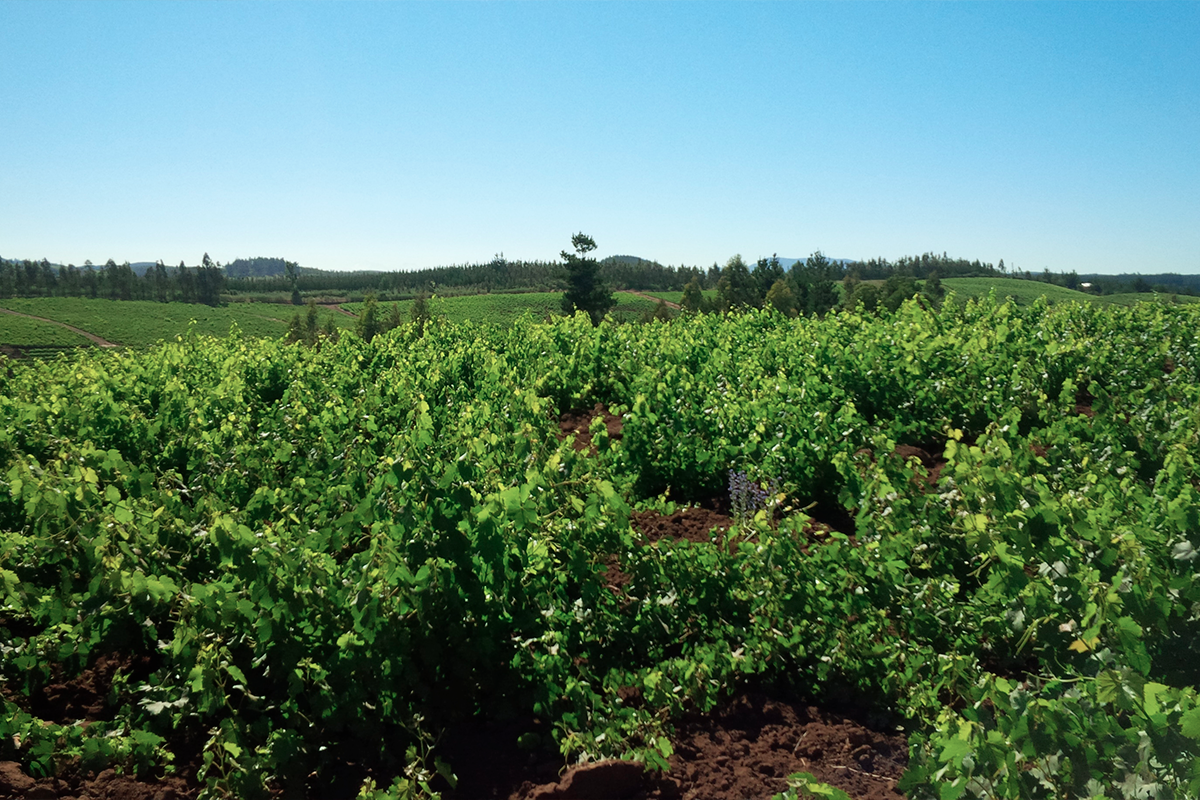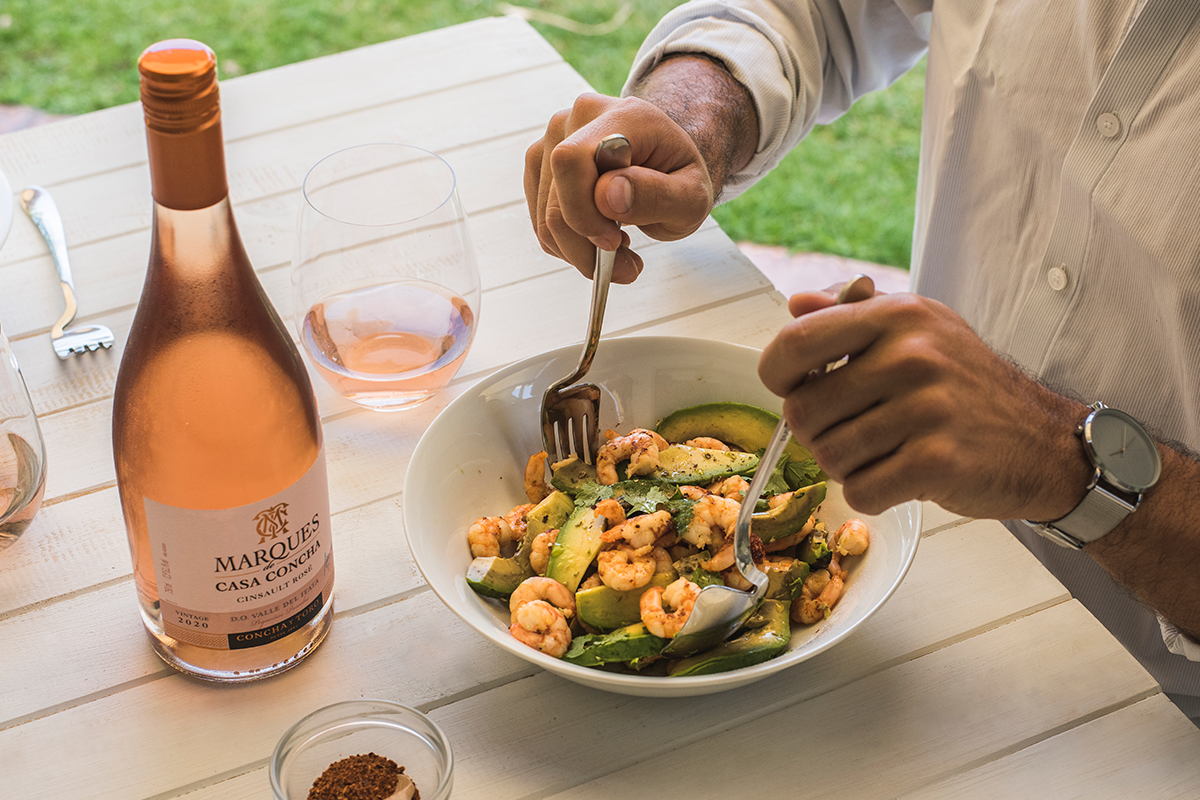Originally from the Languedoc region in southern France, this red grape variety stands out for its thin skin and versatility. It is ideal for producing fresh, fruity, and easy-drinking reds in addition to rosé wines.
Cinsault yields wines of a somewhat pale color due to its low tannin concentration while at the same time delivering vibrant notes of ripe red fruit. It has a tremendous aromatic character on the nose, with notes of spice and flowers, while on the palate, it offers a good amount of acidity. For these reasons, finding a single varietal Cinsault wine is still somewhat unusual.

In the case of French red wines, Cinsault is often added to the famous Grenache, Syrah, and Mouvèdre (GSM) blends of southern Rhône, allowing the wine to soften while conveying fruitiness, acidity, and a distinctive strawberry aroma. Some of the world’s most sought-after rosés in the Provence region use this grape variety while delivering a different aromatic profile with notes of peach, papaya, roses, and raspberries.
The variety’s history is somewhat recent in Chile but mature enough to speak of old vines. Together with Carignan, Cinsault arrived 70 years ago in the Itata Valley‘s dry coastal land. The purpose was to blend it with the País variety already introduced in Chile. Today more than 90% of Cinsault’s plantations are in Itata’s Coelemu and Guarilihue areas. The grape is warmly called “Cargadora” or “Loader” because of its capacity to produce heavy bunches. It is a wine-growing region with a grand winemaking tradition with its Denomination of Origin (D.O. Itata). It stands out as an area producing refreshing single-varietal, sparkling, and rosé Cinsault wines. One of them is Marques de Casa Concha Cinsault Rosé 2020, made with 90% Cinsault and 10% Grenache from the Trehuaco area, 18 kilometers from the coast in the Itata Valley. A wine defined by its elegant pale apricot color in the style of the wines of Provence, with notes of pink melon and pomegranate on the nose, while the palate is dry, buttery, oily, and mineral.

Even in hot climates, Cinsault can keep its sugar levels low and retain its acidity, making it a refreshing and low-alcohol wine. When produced in coastal environments like Itata, the wines also get a freshness ideal for enjoying seafood, salads, or traditional Chilean dishes like an ’empanada de pino’ or beef empanada.

This coming June 11th, we invite you on Rosé Day to raise a glass of Marques de Casa Concha Cinsault Rosé and toast to this distinguished variety of light red and rosé wines.




